This post may contain affiliate links. Please see my disclosure policy for details.
Mastering Garden Design: How to Use Boulders to Transform Your Landscape
Contents
- Mastering Garden Design: How to Use Boulders to Transform Your Landscape
- Why Boulders? The Landscape Game-Changer
- Placement Secrets: Where and How to Position Boulders
- Perfect Plant Partnerships
- Design Styles: Boulder Flexibility
- Pro Tips for Boulder Landscaping
- Maintenance: Keeping Your Boulder Garden Beautiful
- Budget Considerations
- Common Mistakes to Avoid
- Your Boulder Landscape Transformation Checklist
- Final Thoughts: Your Landscape, Reimagined
Ever stared at your yard and thought, “Something’s missing, but I can’t quite put my finger on it”? Let me introduce you to the game-changer: garden boulders.
These massive natural rocks aren’t just landscaping elements – they’re living sculptures that can completely transform your outdoor space.
Why Boulders? The Landscape Game-Changer
Imagine walking into a garden where massive rocks create dramatic focal points, where texture meets nature in perfect harmony. That’s the magic of boulder landscaping.
Key Benefits of Using Boulders in Your Garden
- Instant Visual Drama: One well-placed boulder can do what dozens of plants can’t
- Low Maintenance: Unlike plants, rocks don’t need watering or pruning
- Structural Integrity: Provides permanent “bones” to your landscape design
- Natural Aesthetics: Mimics geological formations for an authentic look
Placement Secrets: Where and How to Position Boulders
The Golden Rules of Boulder Placement
- Never Fly Solo: Always group boulders in odd numbers (2-3-5)
- Bury Partially: Sink about one-third underground for natural appearance
- Consider Weight and Movement: Plan placement carefully – these aren’t lightweight decorations
Perfect Plant Partnerships
Not all plants play nice with boulders. Here are winning combinations:
- Succulents: Agave, cacti
- Ornamental Grasses: Soft textures contrast rock hardness
- Ground Covers: Fill gaps, create soft transitions
- Low Shrubs: Add volume and green contrast
Design Styles: Boulder Flexibility
Garden Styles That Rock (Pun Intended)
- Zen Gardens: Minimalist, clean arrangements
- Woodland Gardens: Naturalistic, sprawling perennials
- Desert Landscapes: Xeriscape-friendly designs
- Modern Minimalist: Clean lines, strategic placement
Pro Tips for Boulder Landscaping
Warning: Heavy lifting ahead!
- Use machinery for large boulders
- Sketch design before implementation
- Consider professional help for complex layouts
Lighting Tricks
Uplighting boulders creates magical nighttime landscapes. Pro move? Strategically placed landscape lights that highlight rock textures.
Maintenance: Keeping Your Boulder Garden Beautiful
Surprisingly low maintenance. Main tasks:
- Occasional debris removal
- Check rock stability
- Trim surrounding plants
Budget Considerations
Costs vary:
- Small boulders: $50-$200
- Large statement pieces: $500-$2000
- Installation: $100-$500 depending on complexity
Common Mistakes to Avoid
- Random placement
- Overcrowding
- Ignoring surrounding landscape
- Forgetting about scale and proportion
Your Boulder Landscape Transformation Checklist
✅ Select complementary rocks
✅ Plan overall design
✅ Choose compatible plants
✅ Consider lighting
✅ Prepare proper foundation
Final Thoughts: Your Landscape, Reimagined
Boulders aren’t just rocks – they’re landscape storytellers. They bring permanence, drama, and natural beauty to your outdoor space.
Ready to rock your garden? (Sorry, couldn’t resist!)
Pro Tip: Take your time. Great landscape design is an art, not a race.

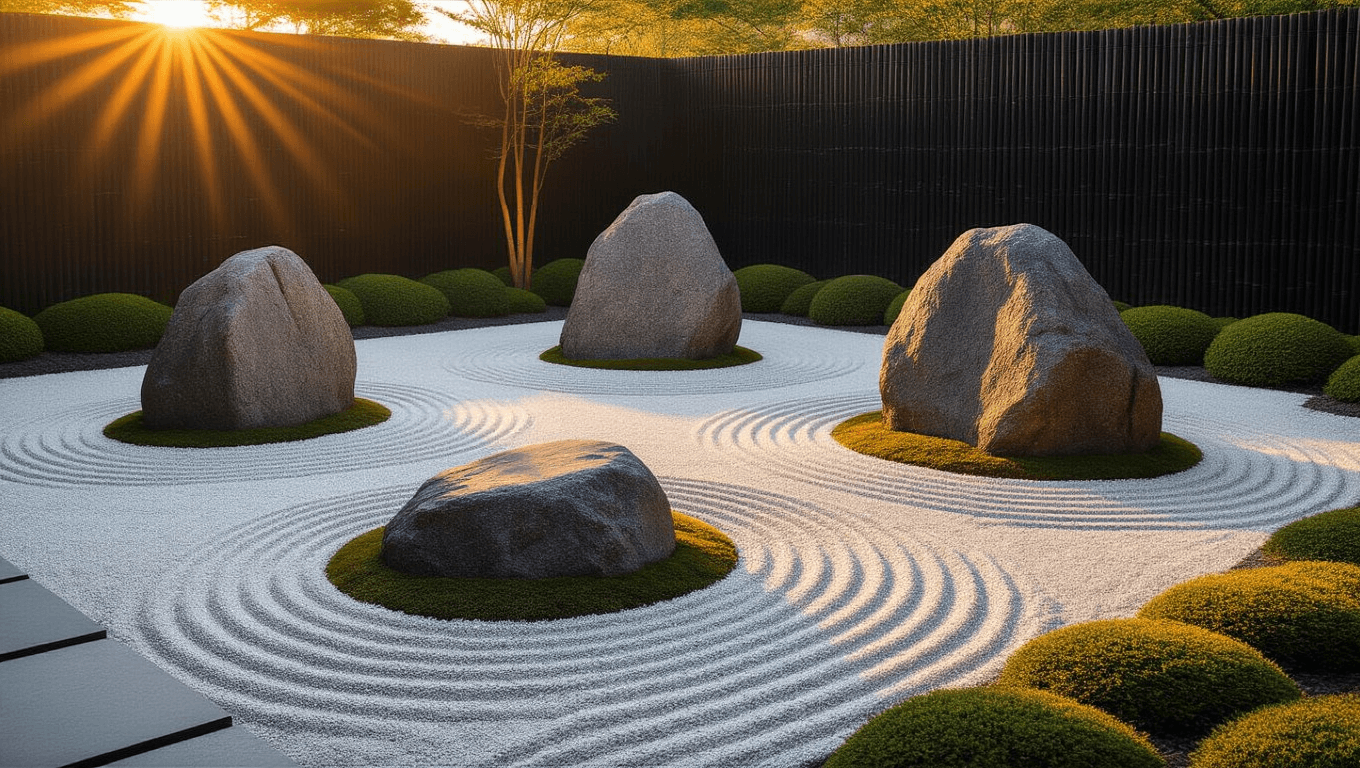
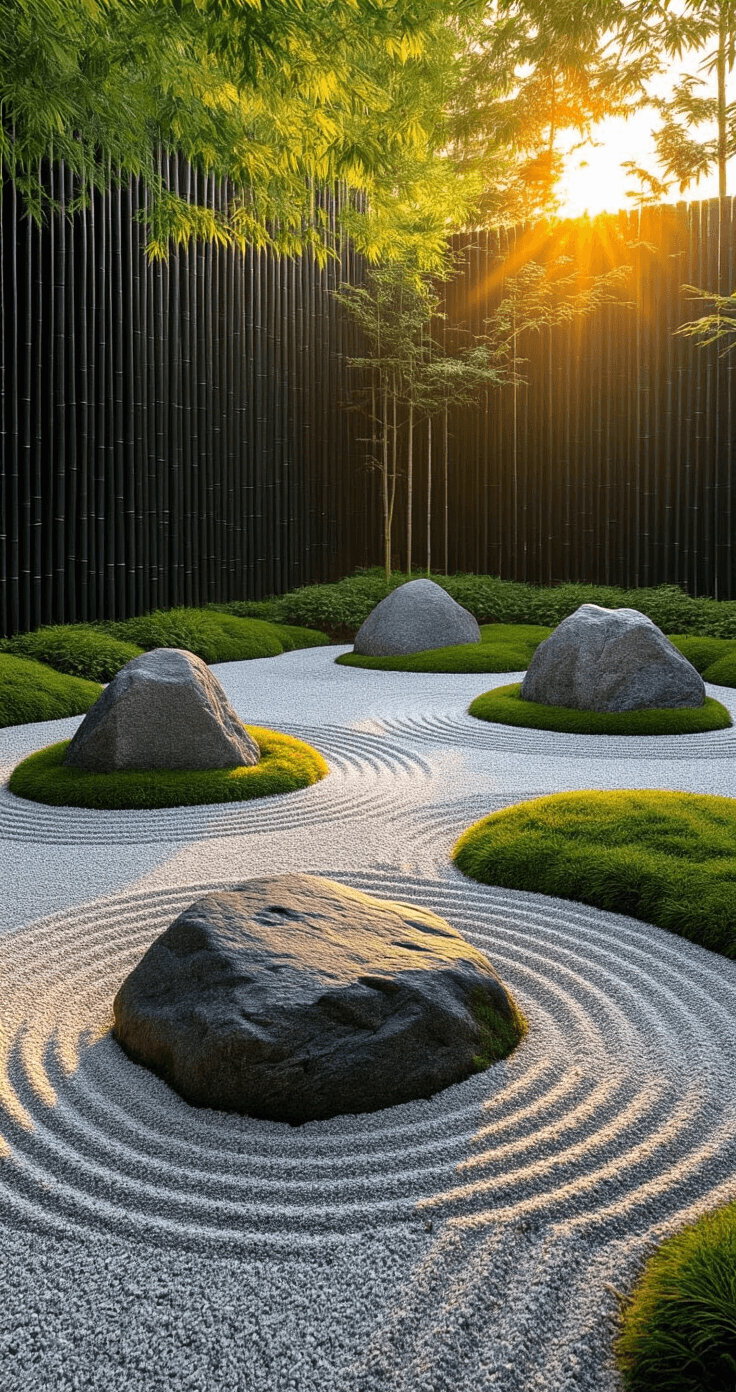
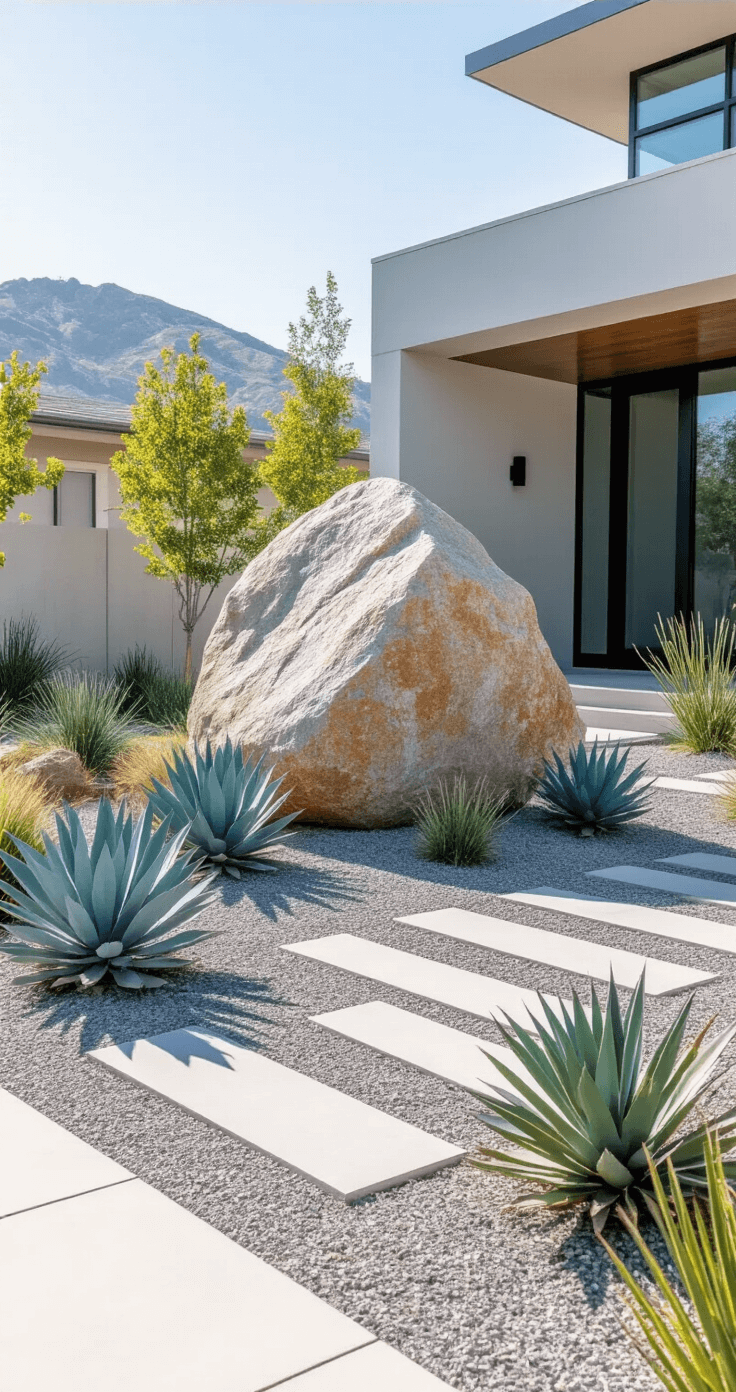
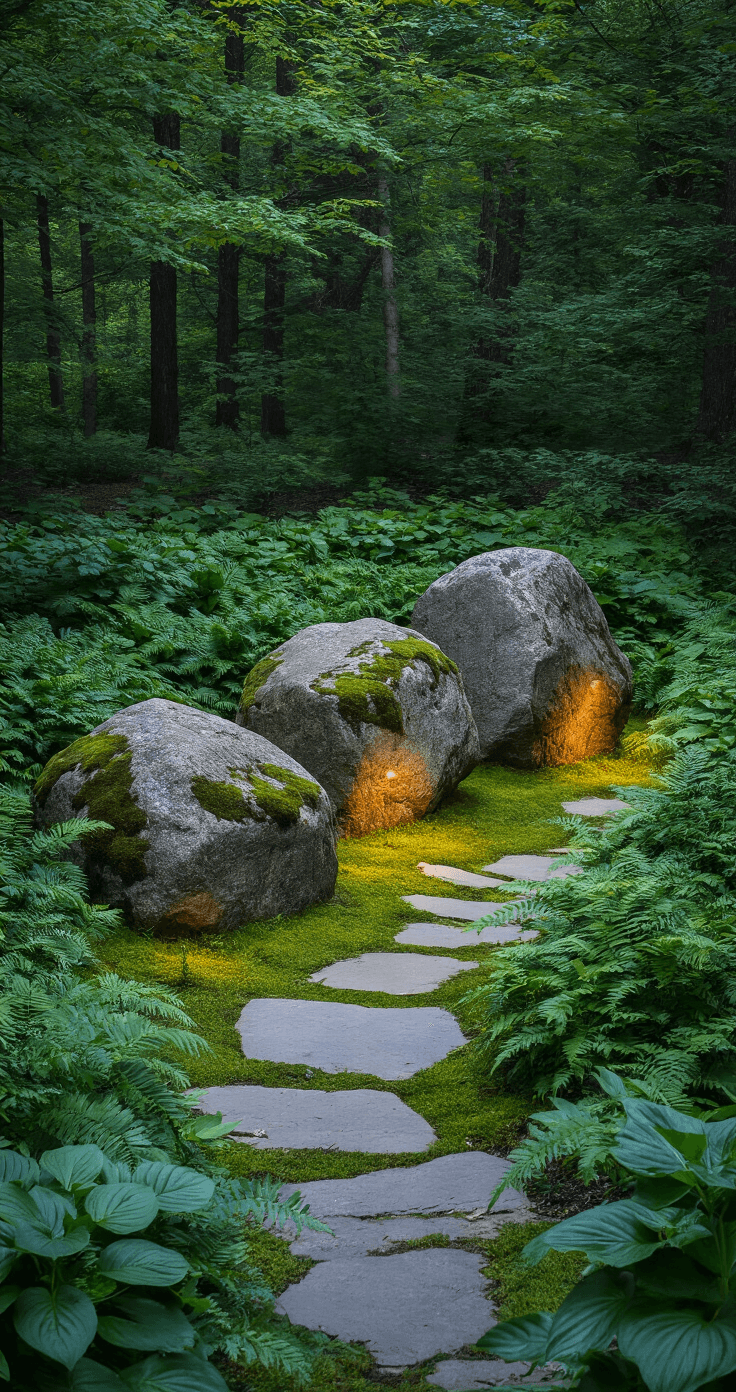
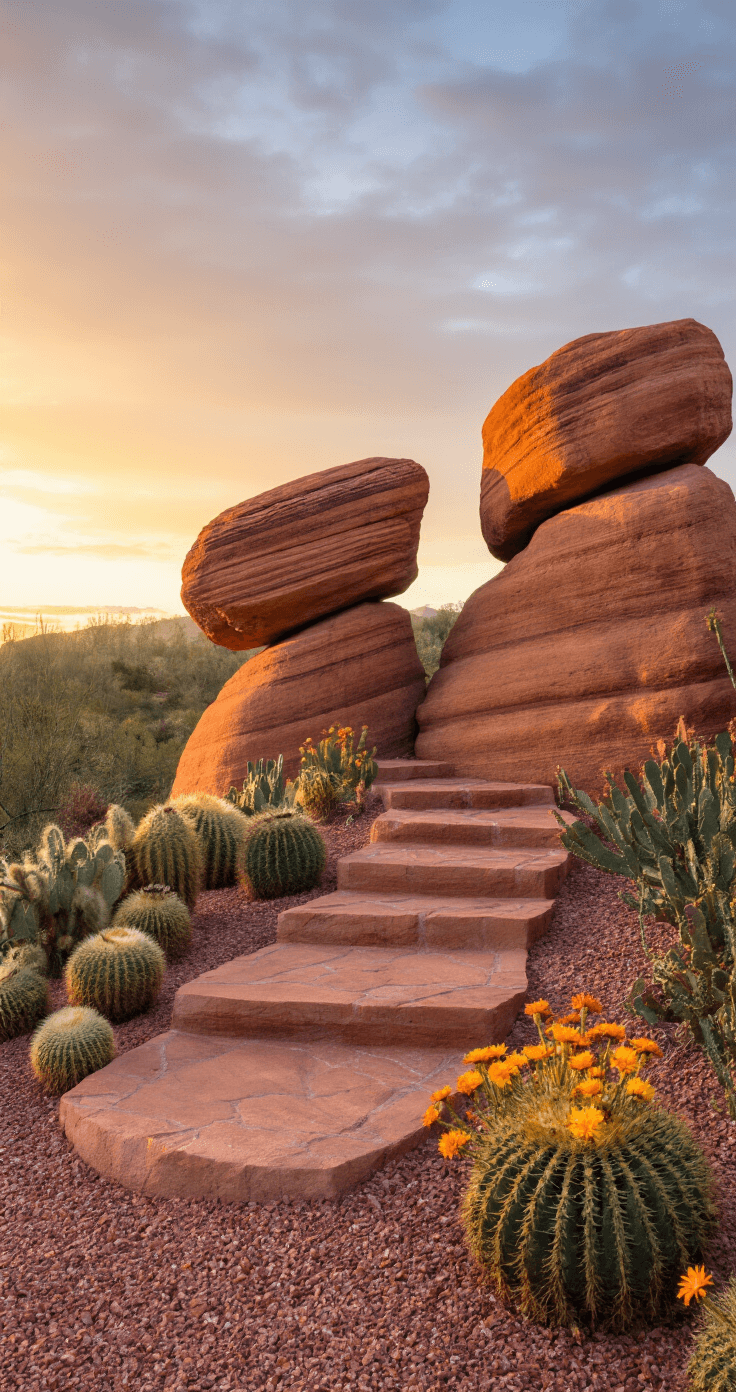
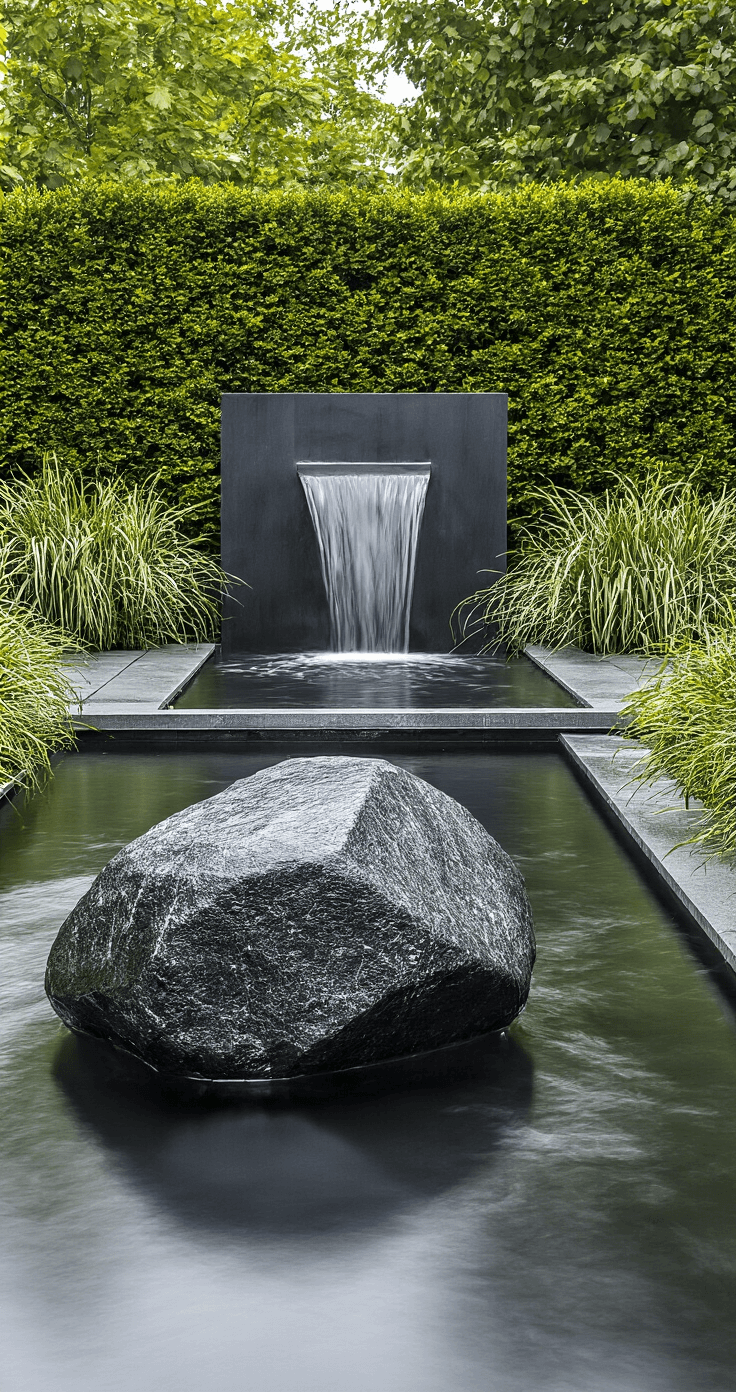
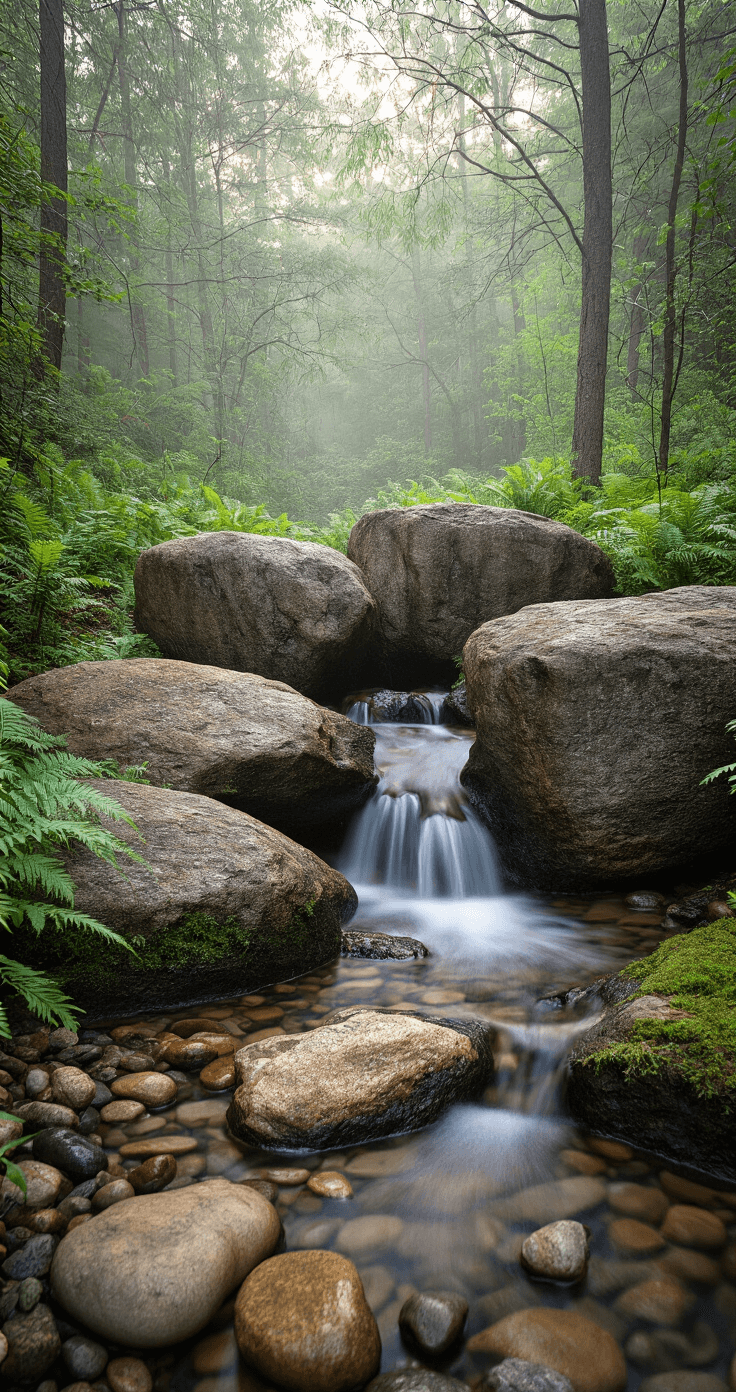
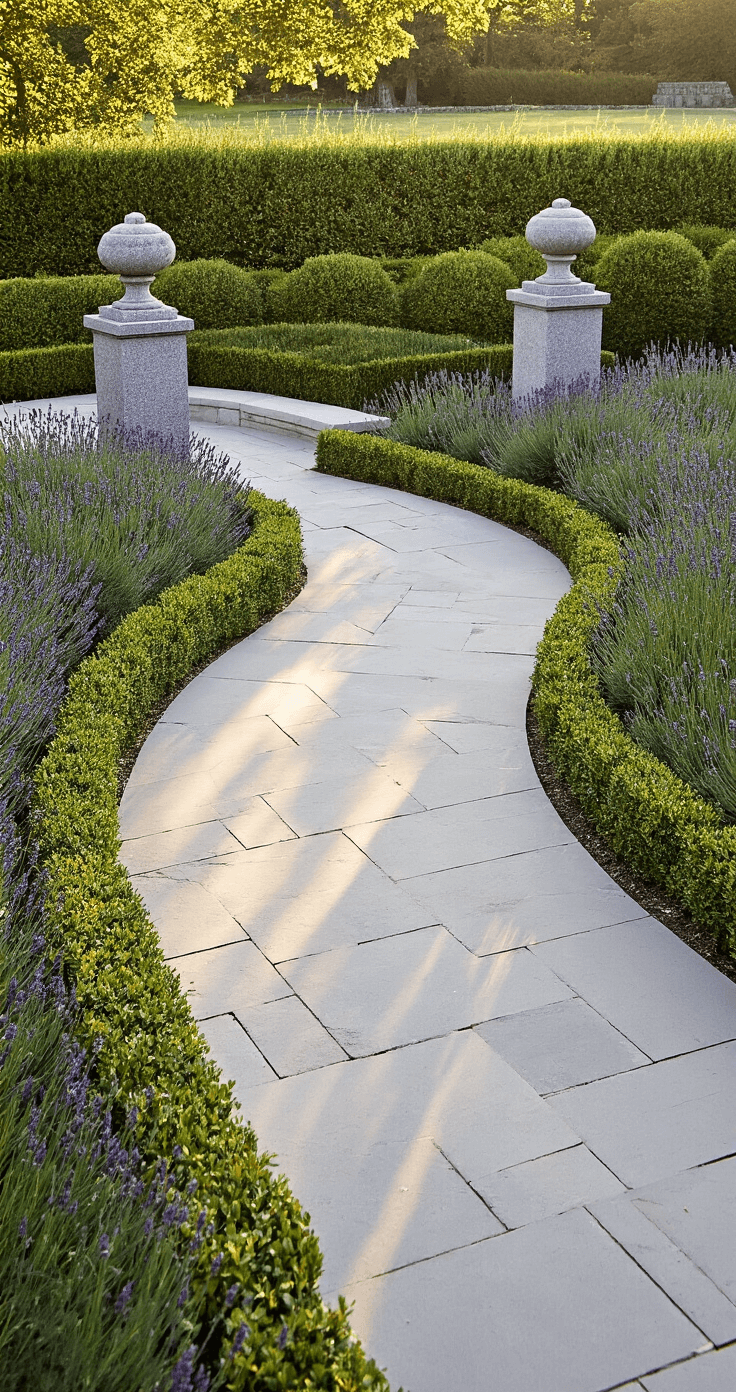






[…] When planning your garden, think about how boulders can fit into your design. They can serve as focal points or help define pathways. Mixing in various plants, like the vibrant blooms seen here, will bring life to the rocky landscape. For more tips on incorporating boulders, check out this helpful guide. […]